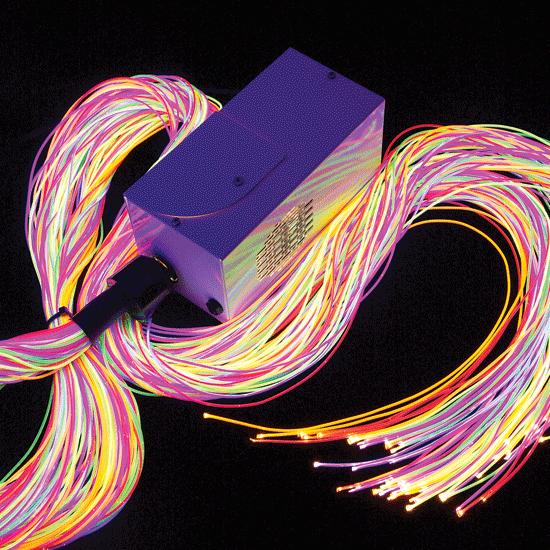I've come across images from a chandelier by Mathieu Lehanneur for Chateau Borely. Even after looking at it quite for a while and going through everything I've ever seen, I couldn't really imagine what light source/bulb (I don't know the English word) this is. After reading the article on Dezeen, I saw that it's
Glass tubes containing strips of LEDs
and at the end of the article
LEDs, tubes of borosilicate glass, luminous control system.
It's hard to imagine how a glowing tube could be made out of LEDs as those are single/point light sources. How would this be build/made?


Images and copyright notices can be found on Dezeens original article.






